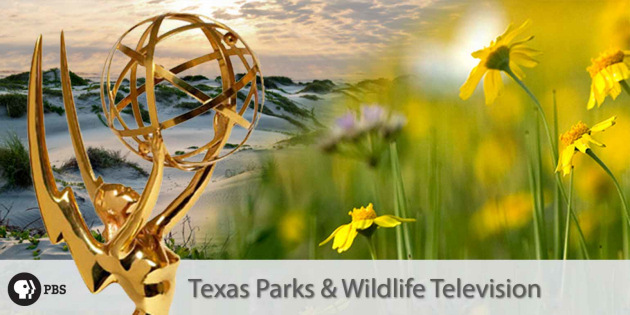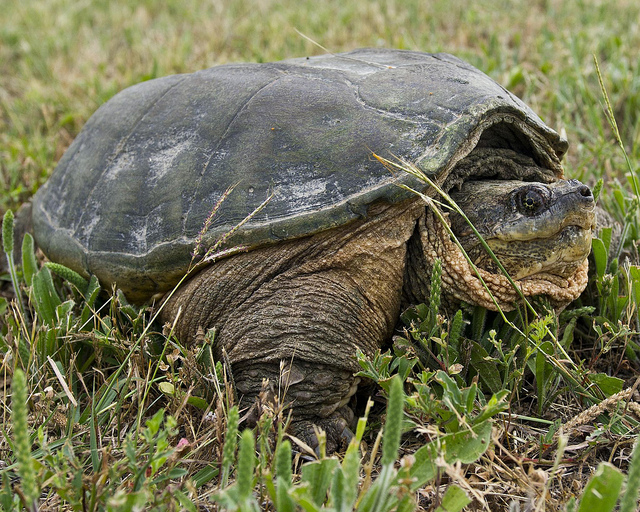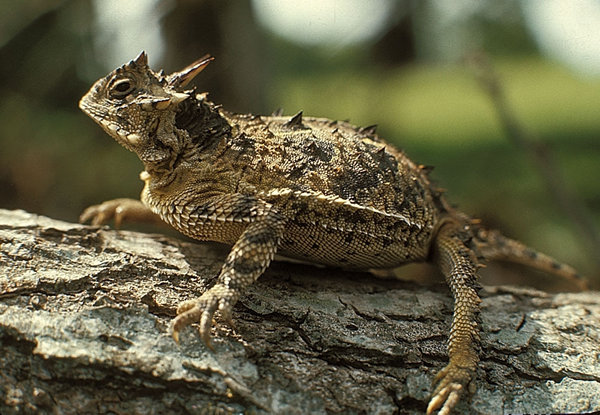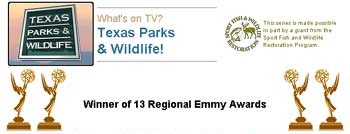TPW TV: Competitive Angling
Friday, November 21st, 2014This is Passport to Texas
Size, strength and speed…important attributes for most high school athletes; unless, of course, the sport is fishing.
06— You don’t have to be the biggest kid or tallest kid or the most athletic kid to be a bass fisherman. It’s all about your knowledge.
Colt Anderson is half of a competitive high school fishing duo; Jonathan Gray is his teammate.
09— It’s kind of like playing golf a little bit to where you have different tools and you have to adapt to the conditions. You can never become perfect at fishing, and that’s a cool thing because you can always improve.
Another factor that makes competitive high school fishing a great sport is young women can also participate – like Marinna Collins and Mia Sartor – the only female team at a recent tournament at Lake LBJ.
10—It’s hard being the only girl team out there. We’re going to represent. This is my first year, so I am a little scared, but, you
just have to relax. Chill. Just go with it.
View a segment about competitive high school fishing teams the week of November 30 on the TPW PBS TV series. Check your local listings.
14—Ooh. I think that’s the furthest I’ve cast yet. [giggles] That felt good. It’s really cool being in this club because you get to
meet a lot of different people. And, we’re all like one big family – and that’s really good to have friends you can be really close
with.
The Wildlife and Sport Fish Restoration Program supports our series. For Texas Parks and Wildlife…I’m Cecilia Nasti.






 Passport to Texas is a
Passport to Texas is a  Passport to Texas is made available by:
Passport to Texas is made available by: